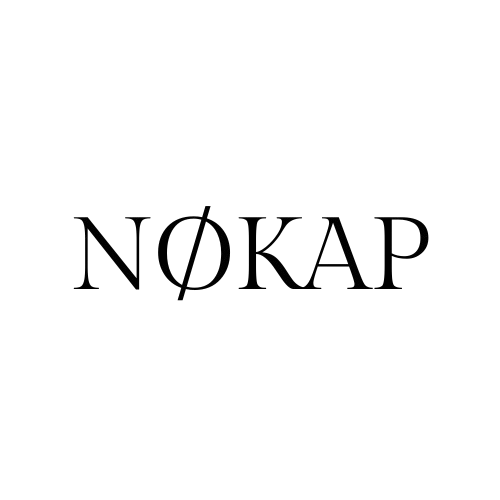
A Mindset Shift
More and more, I’ve seen individuals partake in a personal “social media detox.” While some take time away to rest their minds or minimize screen time, others view social media as “toxic.” But I don’t agree with that perspective. Here’s why:
It’s easy to label social media as toxic when you see it as anything other than a tool. Just as salt is a tool for enhancing food, social media serves as a tool for networking, communication, business, and relationships. The platform itself isn’t toxic; it’s simply a medium through which expression occurs. Toxicity lies in the messages and the mindsets we bring to the platform.
Our perceptions, assumptions, and mindsets are what make social media feel toxic. They generate feelings of comparison, fear, joy, doubt, or jealousy based on how we interpret what we see. The way we process images and text or choose to receive a message influences our internal responses.
For example, when I joined Instagram, I knew I was stepping into a space where people would post their best representations—often edited or manipulated to appear perfect. I didn’t compare myself to those images because I understood the context. Social media is a place for people to share highlights, not full realities.
The Personal Nature of Toxicity
The level of toxicity we perceive in social media is deeply personal. It reflects our thinking tendencies. If you feel the need for a detox, it’s worth asking: How many detoxes would it take before you can use social media freely, without feeling toxic effects? Is social media inherently toxic, or are we subjecting ourselves to a toxic environment due to a lack of discernment or as an escape from a less-desirable reality?
If the idea of social media toxicity arises out of our own unstable interpretation of ourselves and reality through insecurities, then we need to create systems of checks and balances within our minds to move past the defense mechanism that is quick to label unwelcome feelings brought by social media posts as toxic.
To understand this, I often give a personal example of how I approach fear.
I am personally not afraid of anything. I don’t rationalize fear, so I don’t accept it. If someone asks, “What about the dark?” I simply turn on the light. If asked about bugs or critters, I remind them I’m big enough to handle it. If questioned about death, I find peace in my faith.
I take everything else one step at a time and move forward in prayer through everything.
The same concept can be applied to perceived toxicity in social media. Often, our desire to have a social media detox originates from deeper internal issues than the content itself. Ask yourself why you need to detox.
- Is it comparison?
- Fear-of-missing-out?
- Jealousy?
- Addiction?
- Sadness?
- Loneliness?
Addressing Inadequacy and Comparison
If you feel inadequate after browsing social media, remind yourself that you are inherently valuable simply by virtue of being human. Everyone’s reality is different, and you’re only seeing a small piece of theirs. If you feel tempted to compare, recognize that everyone has unique gifts and perspectives that only they can share with the world. If you are struck with jealousy or fear-of-missing-out, go put on a fun outfit and create your own adventure; document it too!
The Problem with #MakeInstagramCasual
Recently, the hashtag #MakeInstagramCasual has gained traction on Instagram, as if Instagram’s existence doesn’t depend on you. The whole purpose of social media is to connect with others through user-generated content. In other words, social media is as casual or high stakes as you make it.
Ultimately, the hashtag provides an excuse to post anything a user perceives to be of lower quality. The hashtag is meant to protect from pressure and social judgment. It almost works as an assurance to self that the platform is being used correctly and a subtle way to guilt all those who are not posting “casually.”
As a healthy social media user, your goal should be to adopt a neutral perspective. Evaluate content with context and avoid hastily declaring it toxic. Recognize that content can never be more valuable than you are. Social media trends and content usefulness depend entirely on the user—the person interacting with the platform.
The existence of social media, the perpetuation of trends, and content usefulness all depend on you, the user.
Challenge your mind. Take back control of what you’ve always owned.

Eyes in front of the mask
After a missed flight and a brief conversation with a stranger, I discovered the power of truly connecting with others and understanding their untold stories.




